臺灣特色茶國際證照班
臺灣特色茶國際證照班
Certificate for International Certificate Class of Taiwan Specialty Tea
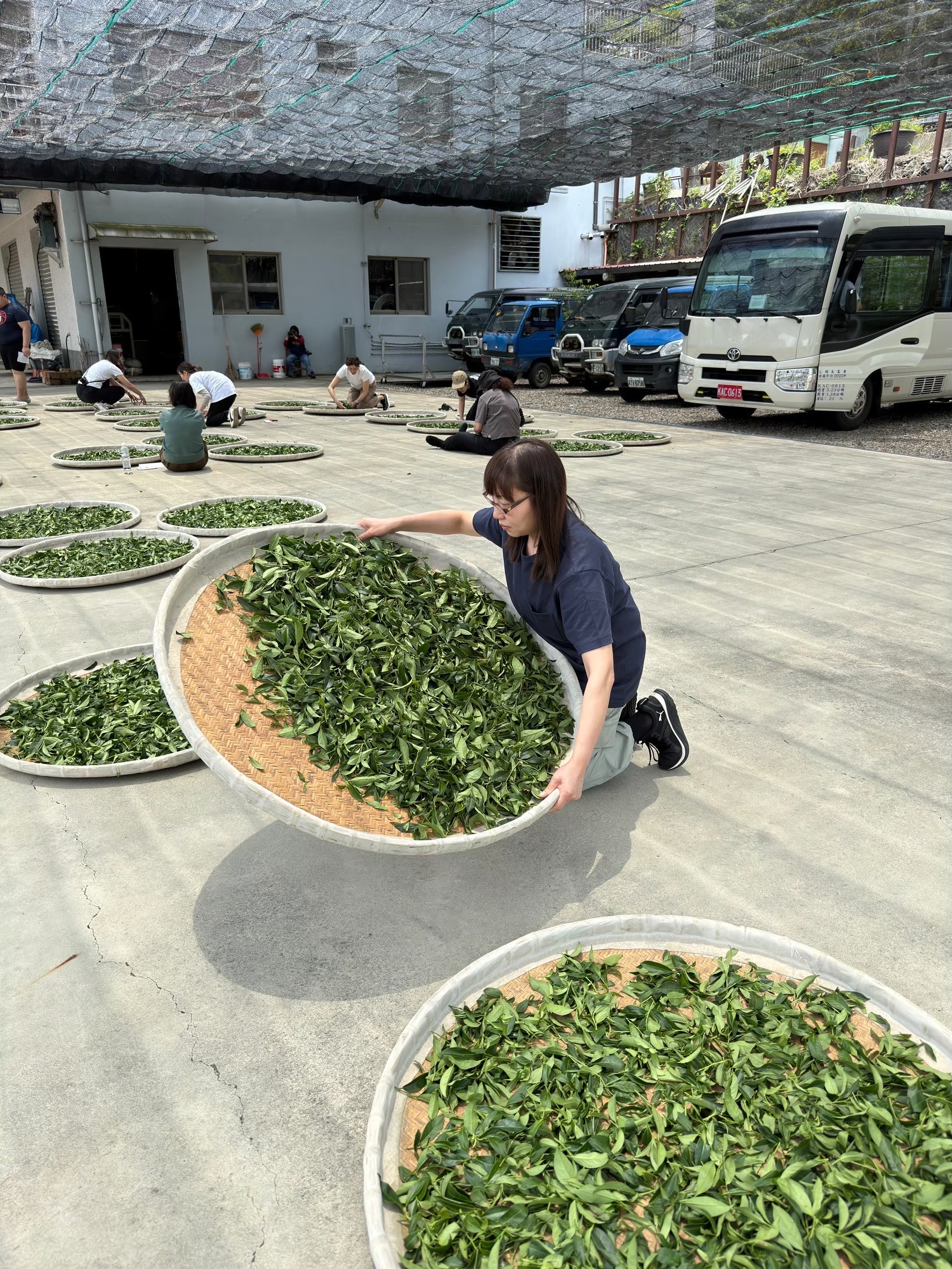
一、2024年4月18日~22日春高山茶製作ツアーに参加して台湾行きました。 2024年4月19日は清境農場南投農家の謝さんご夫婦のお家でお茶を作り始めました。台 湾烏龍茶の作り方は採茶→日光委凋→室内静置→撹拌十浪青→発酵→炒青→初採捻→初乾 燥→茶索回軟→球型採→乾燥で作る工程はとても複雑でした。茶博士と林先生の専門的なご指導のもと、一つ一つの工程を真面目にやってました。茶博士さんには専門的なお茶に関する知識をたくさん教えて頂き大変勉強になりました。また、茶農家謝さんは茶畑を案内して頂きました。直接茶園も見学でき茶葉の成長環境を観察できました。 4月20日は自分達で作ったお茶のテイスティングをしました。茶の味はまだ足りていないところがたくさんありましたが、初めて高山茶を作られて良かったです。プロとしてはまだまだ勉強が必要と思いました。お茶の完成までには「天時地利人和」というように全ての条件を揃えることが必要です。お茶を作る茶農家さんの大変さはよく分かりました。 今回のツアーに参加できてお茶に対する知識をより深く理解できました。初回貴重な体験を今後に活かして頑張ります。林先生と台湾で親切に接して下さった方々に感謝です。 二、2024年11月に初級台湾国際評茶師講座を受けました。授業日程は WEB 事前準備+対面実習授業(1日)+検定試験(1日)になります。 講座を通じて正しい台湾茶の知識と風味輪を学ぶことと、さらに台湾茶資格の認定をされることに感心しました。11月に家で事前準備授業、台湾茶の歴史、茶区、品種、製造についてビデオ講座を繰り返し見て風味輪を使って評茶の予習をしました。指定茶10種の茶名 認識の宿題「可能審査表」の特に木柵鉄観音と凍頂烏龍茶(伝統)の区別は自分にとっては難しかったです。WEB 小テストの問題は正確になるまで繰り返して受けました。事前準備講座は自分の時間で勉強ができますが、勉強の内容は色々分野が広くて初級としては思ったより難しかったです。12月7日の実習授業は1日で皆さんと真剣に受けました。12月8日の認定試験当日は緊張しながら筆記試験、台湾茶類、茶名認識、評茶を頑張りました。 筆記試験の台湾茶の歴史については問題が難しく間違えが多くなり悔しかったです。 勉強不足で知識が足りていないことをよく感じました。これからも勉強を続け中級・高級があればまた挑戦してみたいです。 初級台湾国際評茶師講座を通じて台湾茶の見識を増やすことができました。勉強も楽しかったです。対面講座前にしっかりと予習することが大事です。林先生のご指導で無事合格できてありがとうございました。
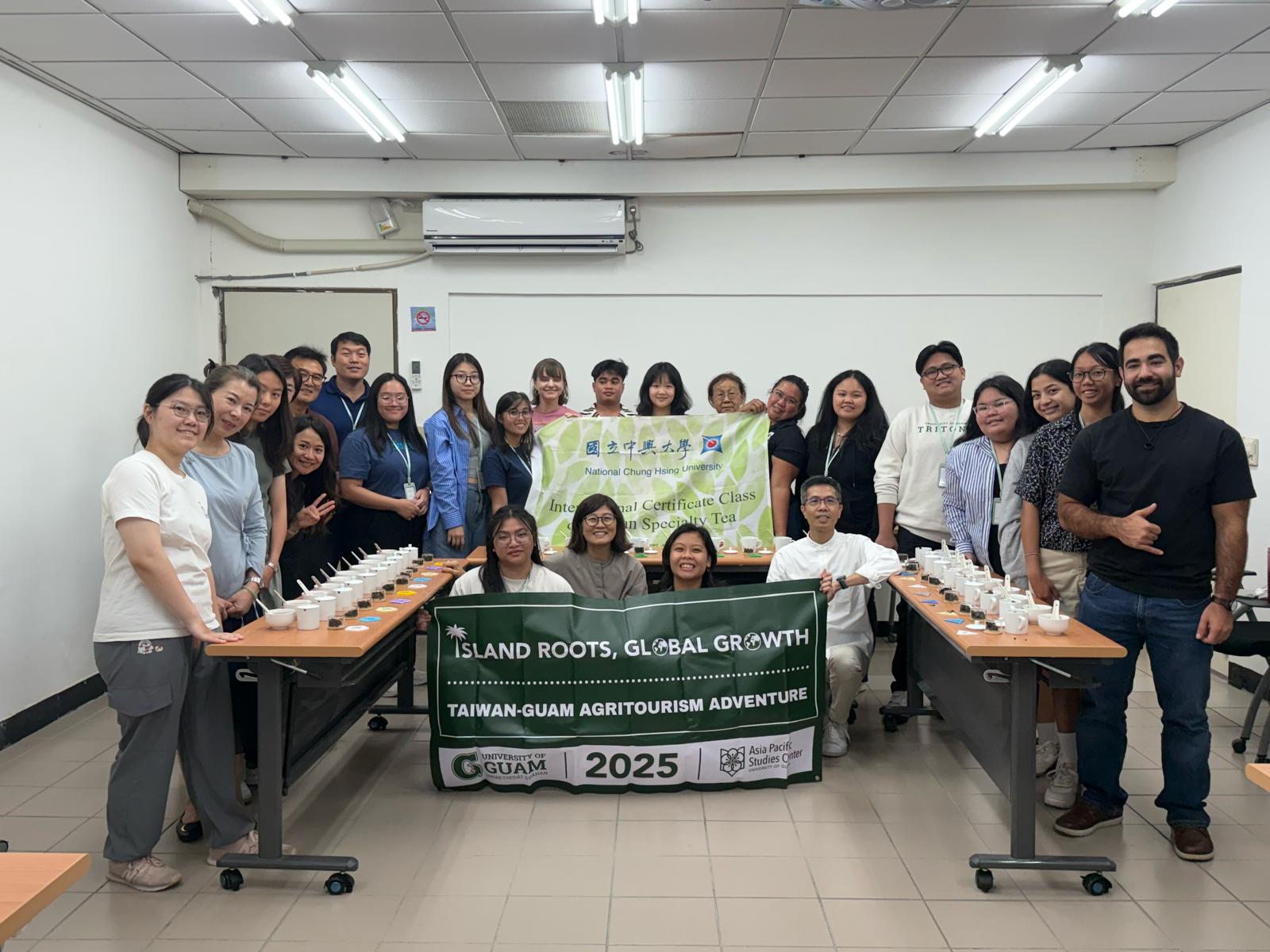
The class very informative and enjoyable. I didn’t realize that there were different processes to making different types of teas and what the differences were. I learned the differences between the tea cultivars and what makes green tea, oolong, and black tea. I have more appreciation for tea and the art and culture of it.
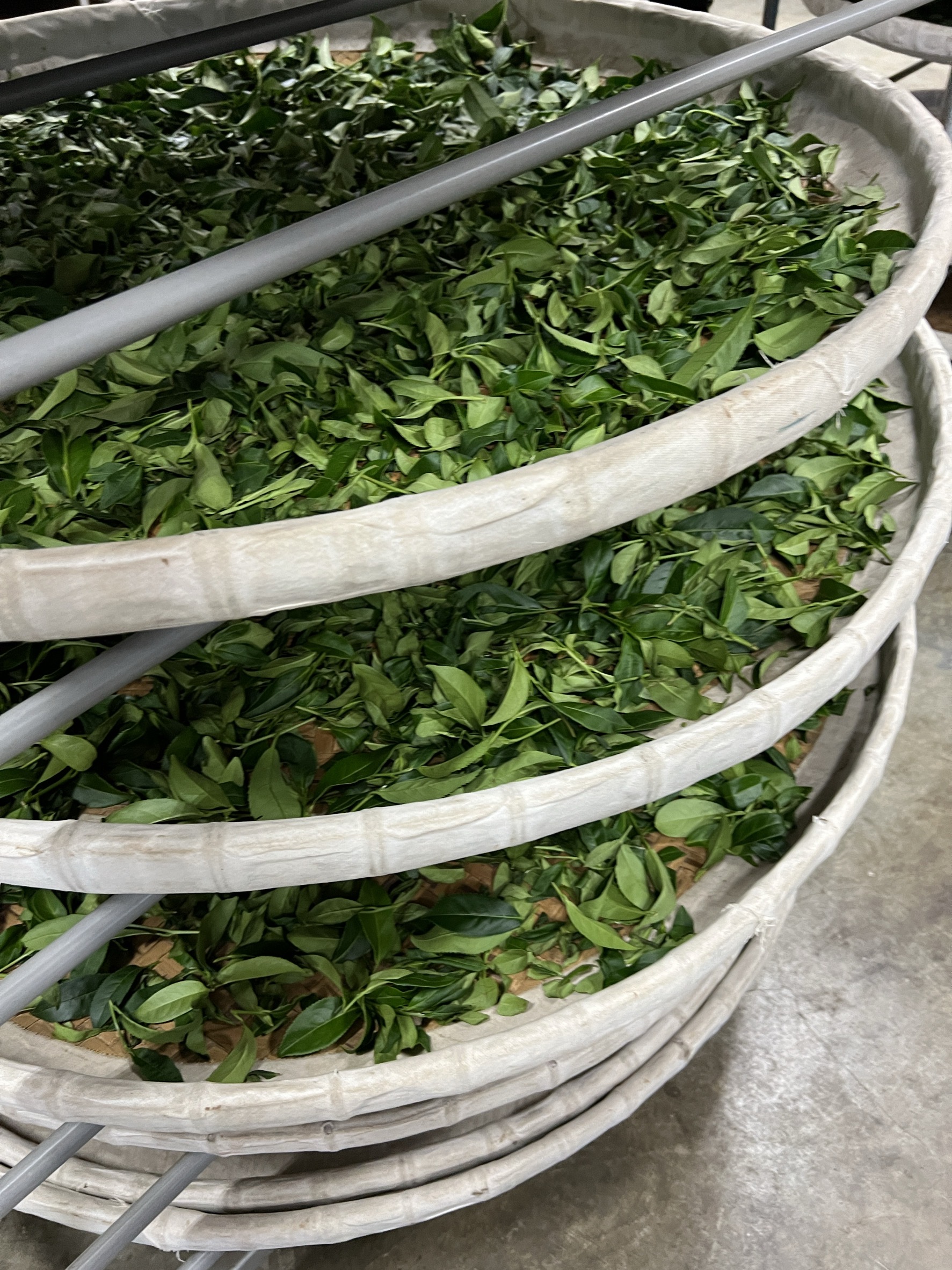
【製茶レポート台湾高山烏龍茶】 2024年4月19日〜20日 台湾で清香、球状の高山烏龍茶の製茶を学びました。 海抜2000mの山々が連なりその美しさから"台湾のスイス"と評される場所にある茶農家「清境農場」にお世話になりました。 手摘みの青心烏龍品種の茶葉を使い、高山烏龍茶(梨山烏龍茶)の製茶を一から丁寧に教わりました。 ・日光萎凋 生葉を大きなザルに広げ、天日に晒し茶葉の水分を飛ばし、発酵を促す。黒い網で紫外線の当たる量をコントロールした。 優しく裏表を返し、生葉の香り嗅ぎ、茎のしおれ具合で生葉の水分量を確かめる。 ・室内静置 ザルを棚に乗せて室内へ移動させ静置する。 葉の香りの変化を5〜30分おきに確認する。 ・撹拌+浪菁 烏龍茶の香りを決める大切な工程。 15:00ごろから1回目の撹拌開始。 葉をゆすって刺激を与え発酵を促す。 青みを帯びた香りが出てきたら、再びザルに広げて静置する。花のような香りに変化したら また2回目の撹拌をして静置する。 20:00過ぎごろ3回目の撹拌を終える。 ・殺青 23:00過ぎごろから殺青機に入れ加熱して発酵を止めた。 ・揉捻 茶葉を望月式揉捻機で揉む。 ・団柔 揉捻した後の茶葉を布で包んで絞り、丸い球状にして、回転式プレス機で揉捻する。 布を解き、茶葉の玉ときをする。 この工程を40回程繰り返しぎっしり丸まった球状の茶葉に仕上げる。 ・乾燥 茶葉を乾燥機に入れ乾燥させ茶葉の水分を抜く。 以上が台湾高山烏龍茶の製茶工程です。 一から製茶を学び感じたことは、全ての工程がとても繊細だと言うこと。茶葉が変化していく様子をしっかり観察し、変化のタイミングを逃さない事が大切なため、徹夜でしか作る事ができない大変貴重なお茶であると言うことです。 荒茶の段階で13人のそれぞれが作ったお茶を、試飲しました。同じ条件下で作ったお茶でも、1番初めの日光萎凋や撹拌、殺青の工程で生じた差が、お茶の風味に与えた影響は大きかったように感じました。製茶工程の合間時間には、質疑応答でどんな質問疑問にも答えてくださり、一度に13人でそれぞれの烏龍茶の製茶をご指導くださった謝老師、林老師、林工場長、そして、どんな時も笑顔で、徹夜明けに台湾の美味しい朝ごはんを振る舞ってくださった張さんにも、共に製茶を学んだ仲間たちにも心からの感謝を。1人ではなし得ない大変貴重な機会を頂きました。ありがとうございました。 【台湾国際評茶師初級講座を受講して】 台湾農業部『茶・飲料作物改良場』が発行する【台湾国際評茶師】認定資格講座を、第1期として東京渋谷華泰茶荘にて開催された講座を受講致しました。日本で海外の政府機関の認定資格が取得できる講座で、新しく開発されたツール「風味輪」を使って台湾茶を評茶する方法をいち早く学ぶことができました。WEB授業では繰り返し自分のペースで何度でも繰り返して学ぶことができ、また対面講座は東京で華泰茶荘の林聖泰老師から直々に日本語で学べたことで、より一層台湾茶の知識を深められました。初級では10種類の台湾茶を学びましたが、更に中級、上級と学びを進め、台湾茶の魅力を伝えられるよう励みたいと思います。
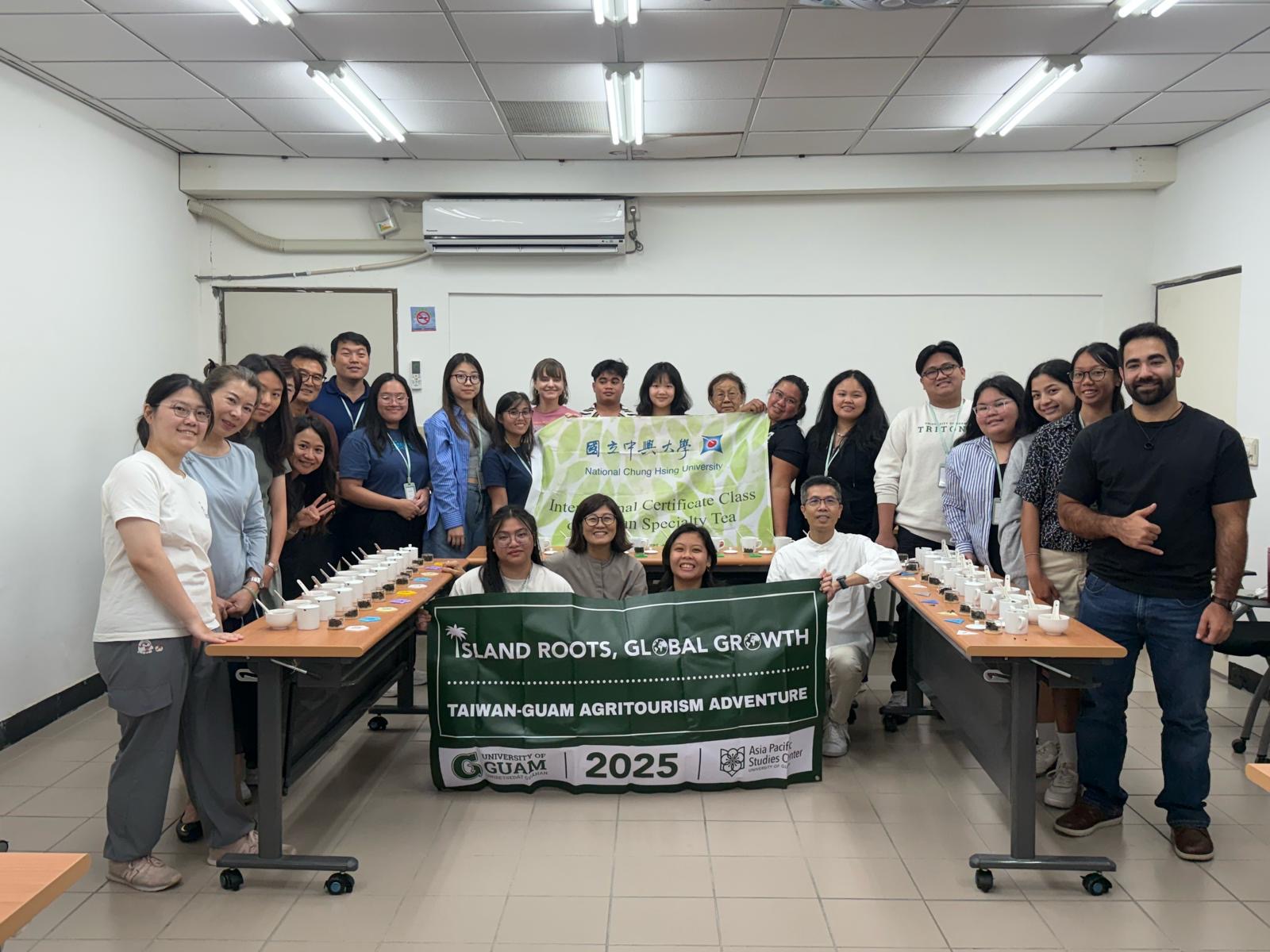
I enjoyed this class and all the information I have gained from it. Now knowing the intricacies a tea, I am able to using this knowledge to help me distinguish quality tea. I appreciate Professor Alex’s patience with us and the enthusiasm he had for the material. By having him as my instructor, it set me up for success.
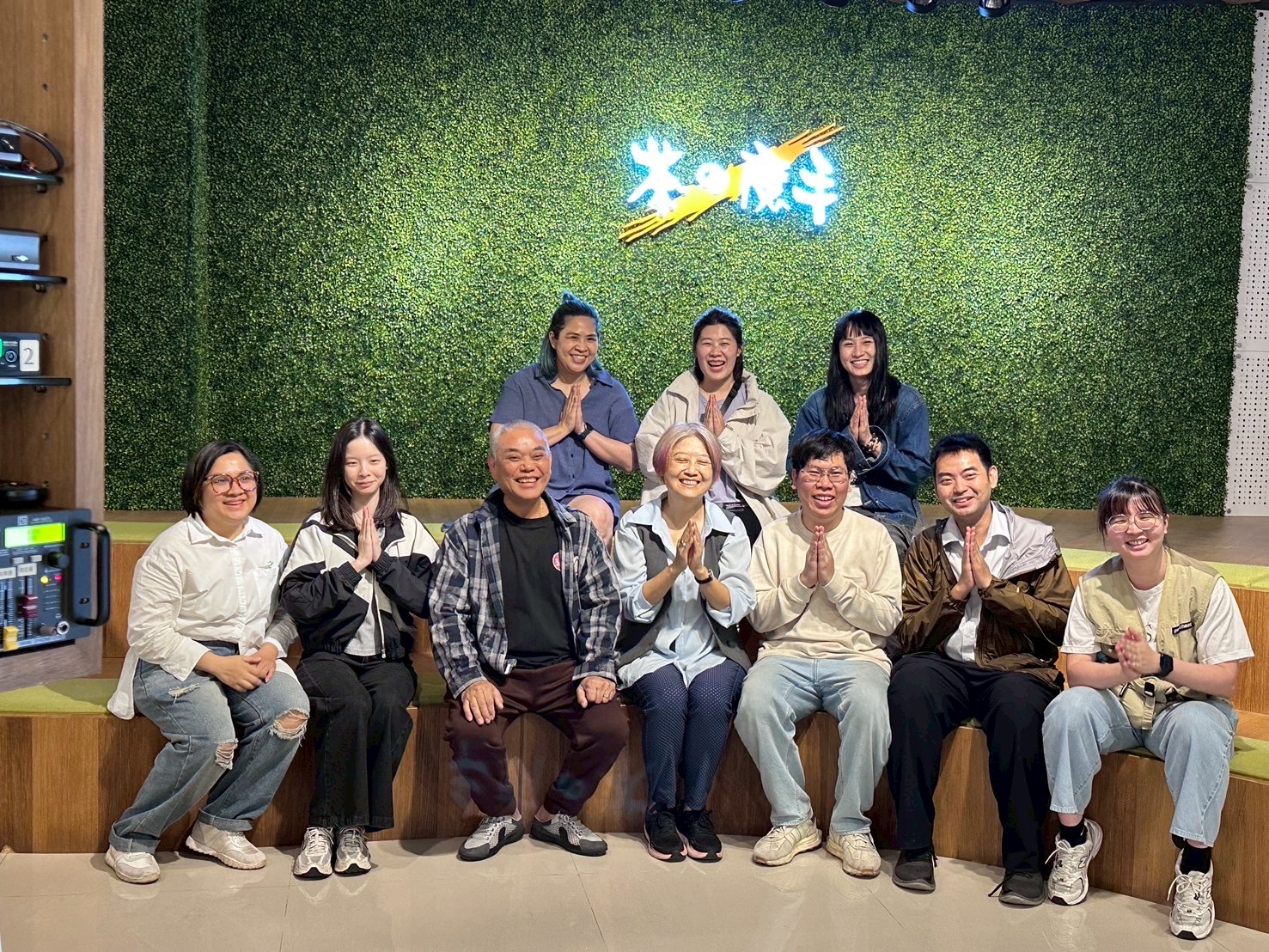
The tea farm we visited today was 茶魔手, a farm specializing in commercial tea. The manager presented us the tea plants will be handpicked and produced into varieties of tea at their own tea making facility where hygiene is highly emphasized in order to control the quality of the tea products. All process of tea making can be completed in one place starting from picking leaves, outdoor and indoor withering, oxidizing, frying and eventually squeezing the tea leaves into a ball shape and make it ready to be distributed.
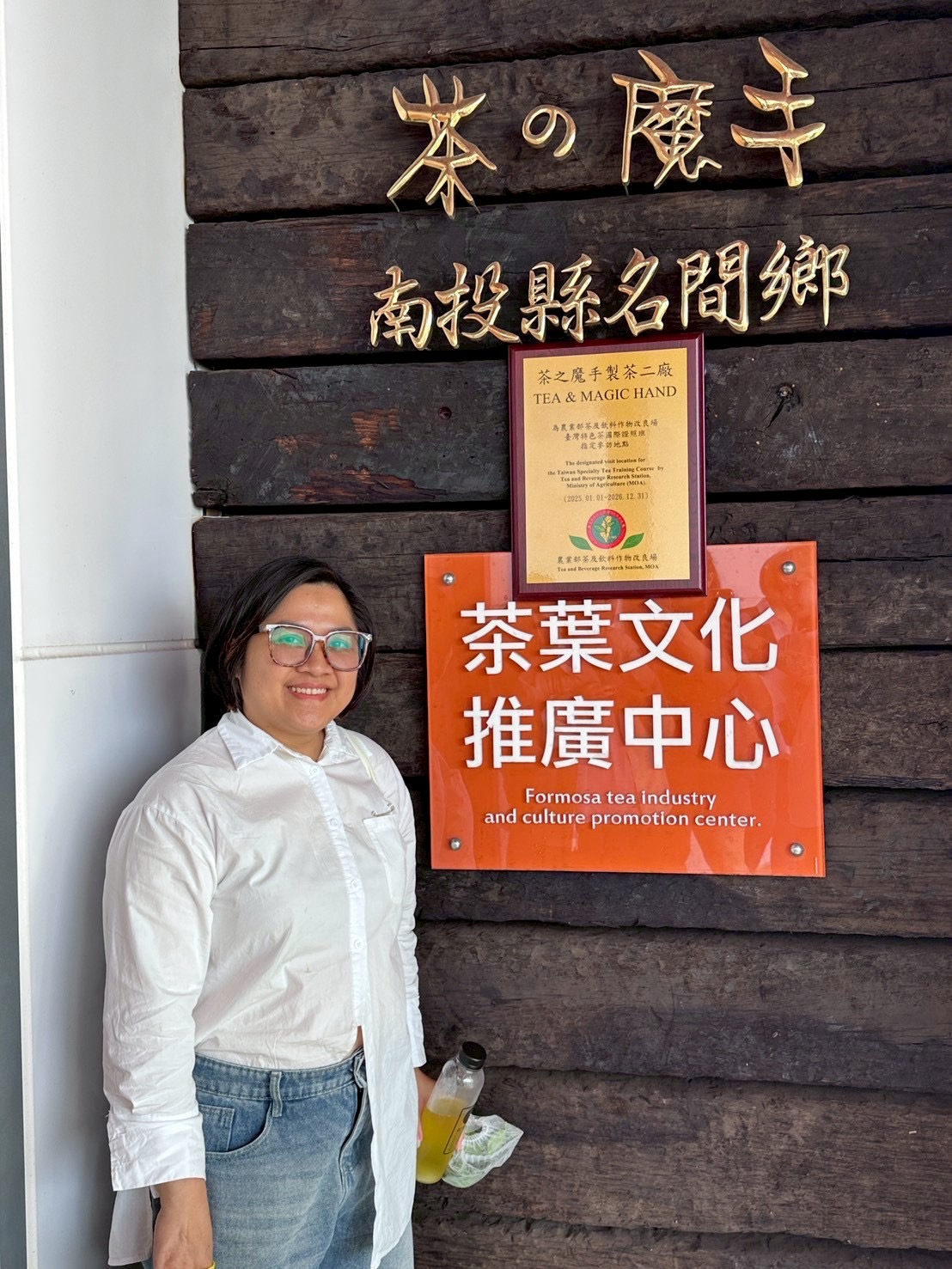 2025-IFTCL-4-10097-001
2025-IFTCL-4-10097-001
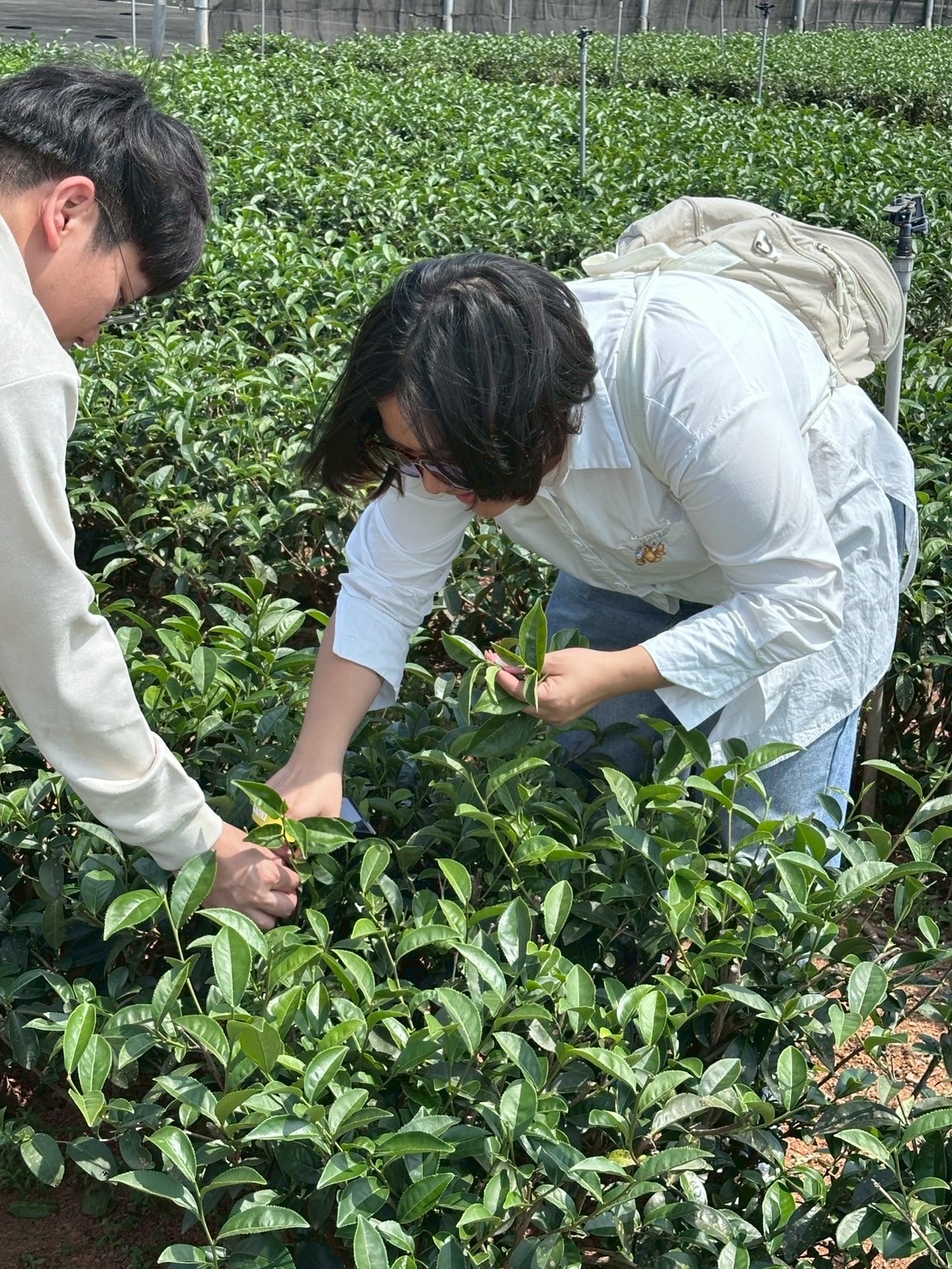 2025-IFTCL-4-10097-001
2025-IFTCL-4-10097-001
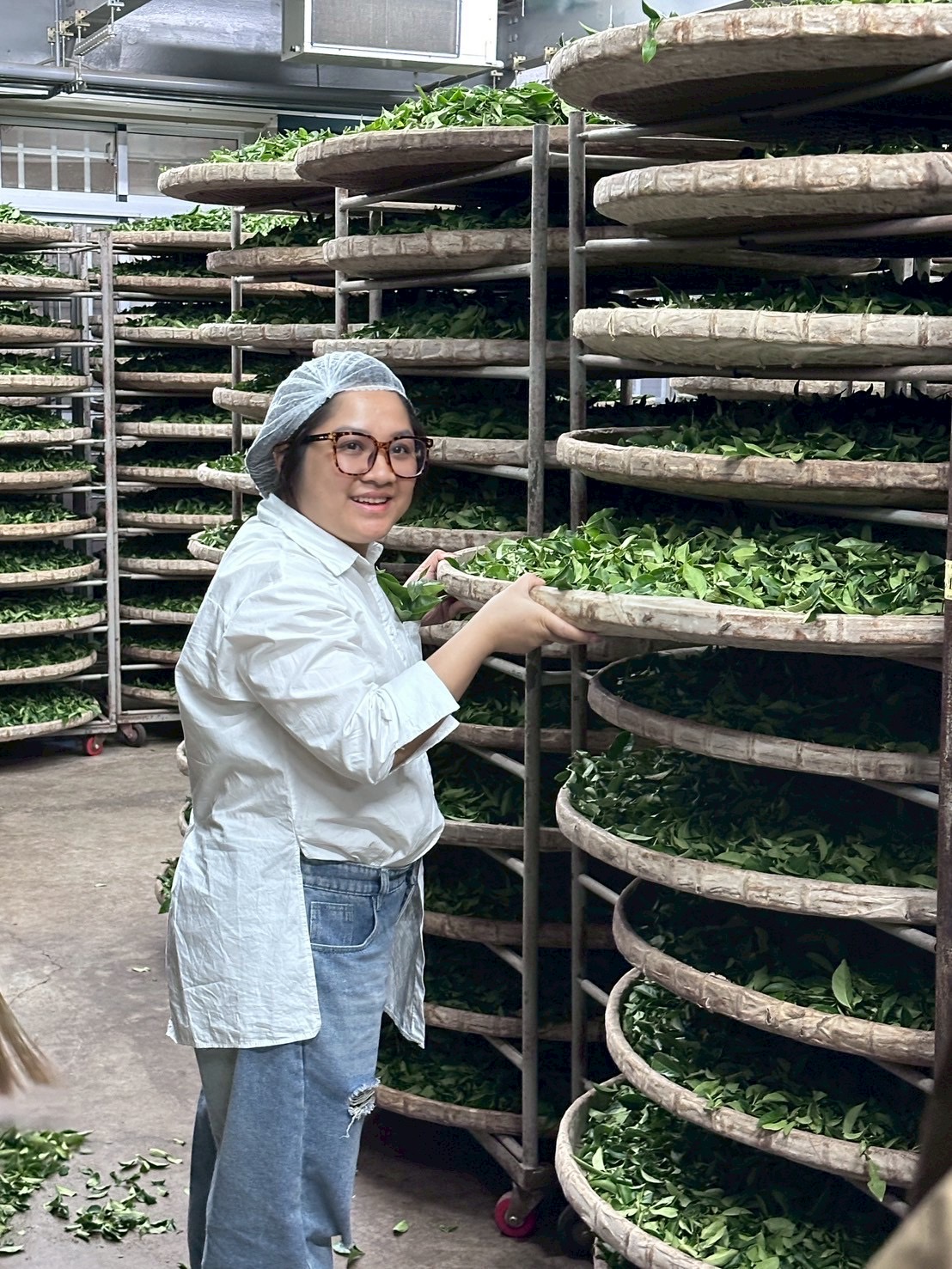 2025-IFTCL-4-10097-001
2025-IFTCL-4-10097-001
On a beautiful spring day with golden sunshine and a gentle breeze, I had the pleasure of visiting a 5-star tea farm in Taiwan as part of International Certificate Taiwan Specialty Tea Class. Surrounded by rows of vibrant tea bushes, the atmosphere was calm, inviting, and full of life. Our teacher guided us through the experience, sharing deep knowledge about the cultivation and techniques behind Taiwanese teas. We explored the fields, watched the skilled hands of the tea masters, and even tried our own hand at picking fresh tea leaves. Sharing this experience with friends from the training class made it even more special. We laughed, learned, and tasted freshly brewed oolong right at the source. The rich aroma and smooth, sweet flavor of the tea under the warm spring sun was unforgettable. A heartfelt thank you to the director and all the staff of the tea garden for your warm hospitality, generous sharing, and unwavering support throughout our visit. Your passion for Taiwanese tea and dedication to preserving its traditions truly shone through every moment. We deeply appreciate the care, knowledge, and kindness you extended to us—it made our experience not only educational but truly inspiring. This visit was not only educational but also deeply heartwarming. I truly recommend this class and this tea farm to anyone interested in Taiwanese tea especially on a bright spring day, when everything feels just right.
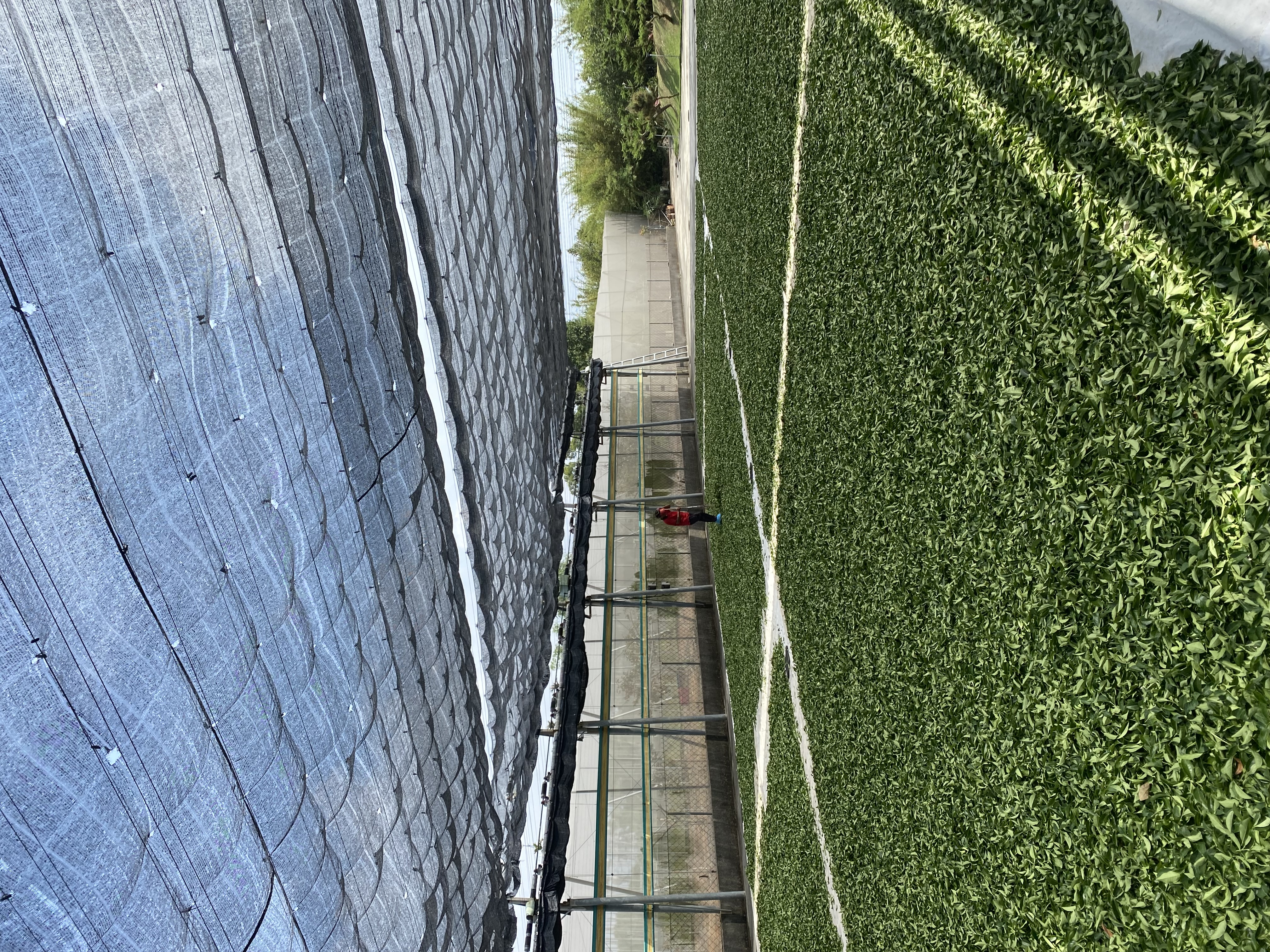 2025-IFTCL-4-10089-001
2025-IFTCL-4-10089-001
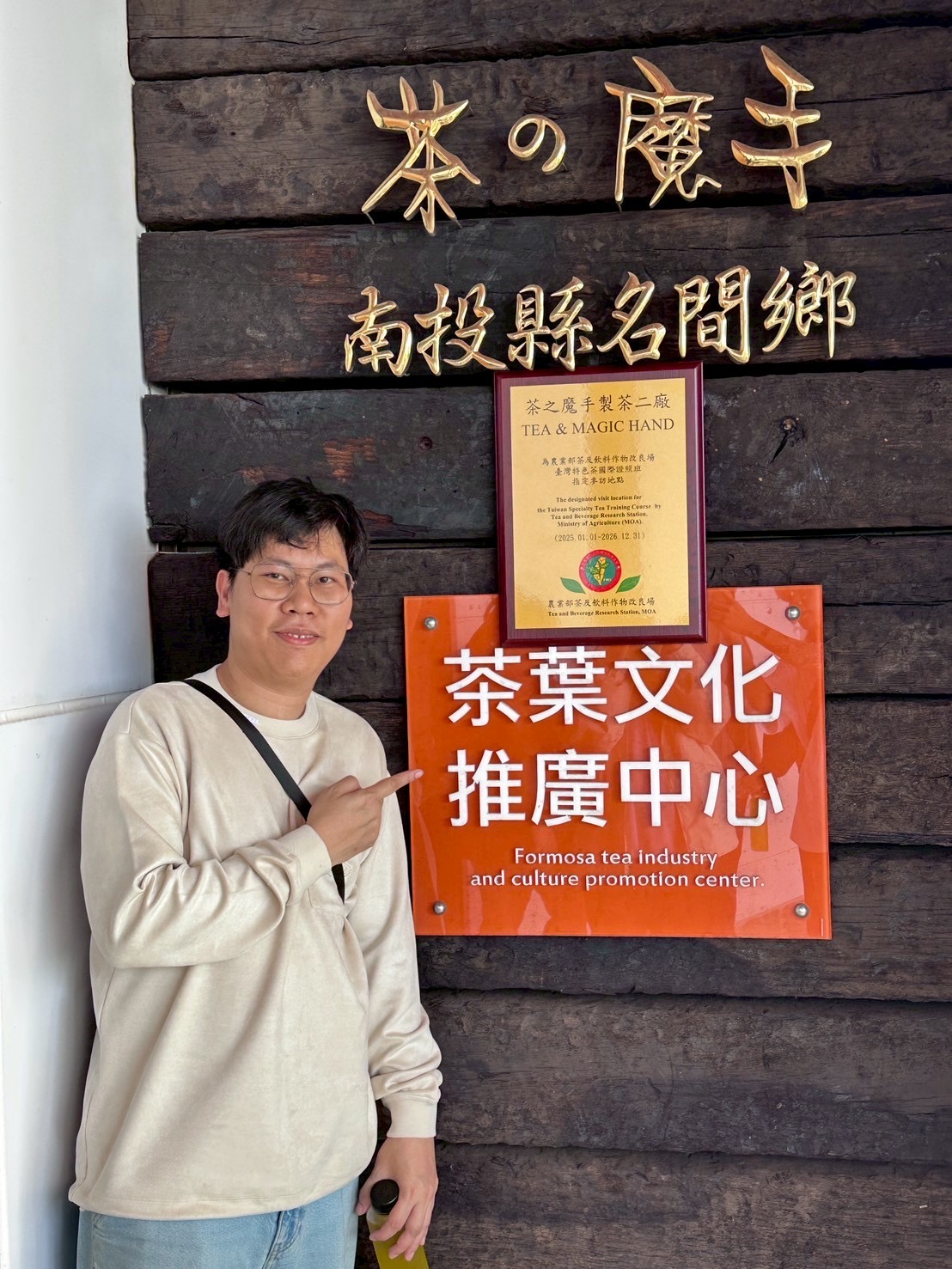 2025-IFTCL-4-10089-001
2025-IFTCL-4-10089-001
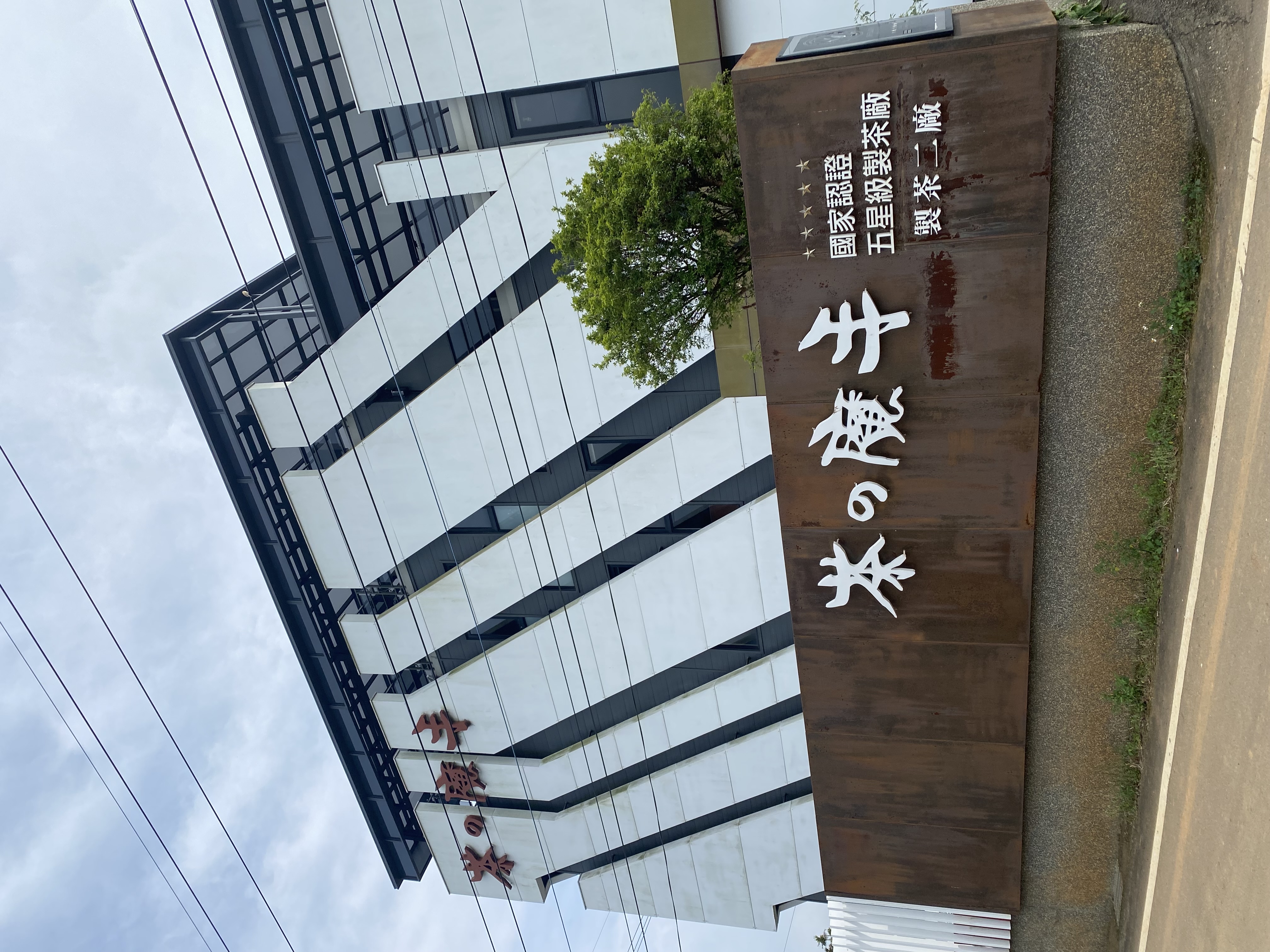 2025-IFTCL-4-10089-001
2025-IFTCL-4-10089-001
Visit to a Tea Plantation and Tea Factory in Nantou on April 17, 2025 TEA & MAGIC HAND 茶之魔手製茶二廠 We visited a tea plantation and a tea factory in Nantou on April 17, 2025. We come with Teacher Isabella for group TBRS . International class. This factory produces Taiwanese oolong tea for beverages and bubble milk tea. However, they also produce premium-grade tea, which is hand-picked. Tea used for regular beverages is harvested using machinery. Today, we observed the outdoor withering process of Four Seasons tea leaves. We also toured the surrounding tea plantation, which grows both Four Seasons and Jinxuan oolong varieties. After that, we went inside the factory to see the tea processing methods and various production steps. The factory maintains very high cleanliness standards. We were also able to smell the tea during the indoor withering process. The factory representative guided us through the tour and explained the details of tea production. Finally, we took group photos and enjoyed tea prepared by the factory. We’d like to extend our thanks to the team for their warm hospitality.
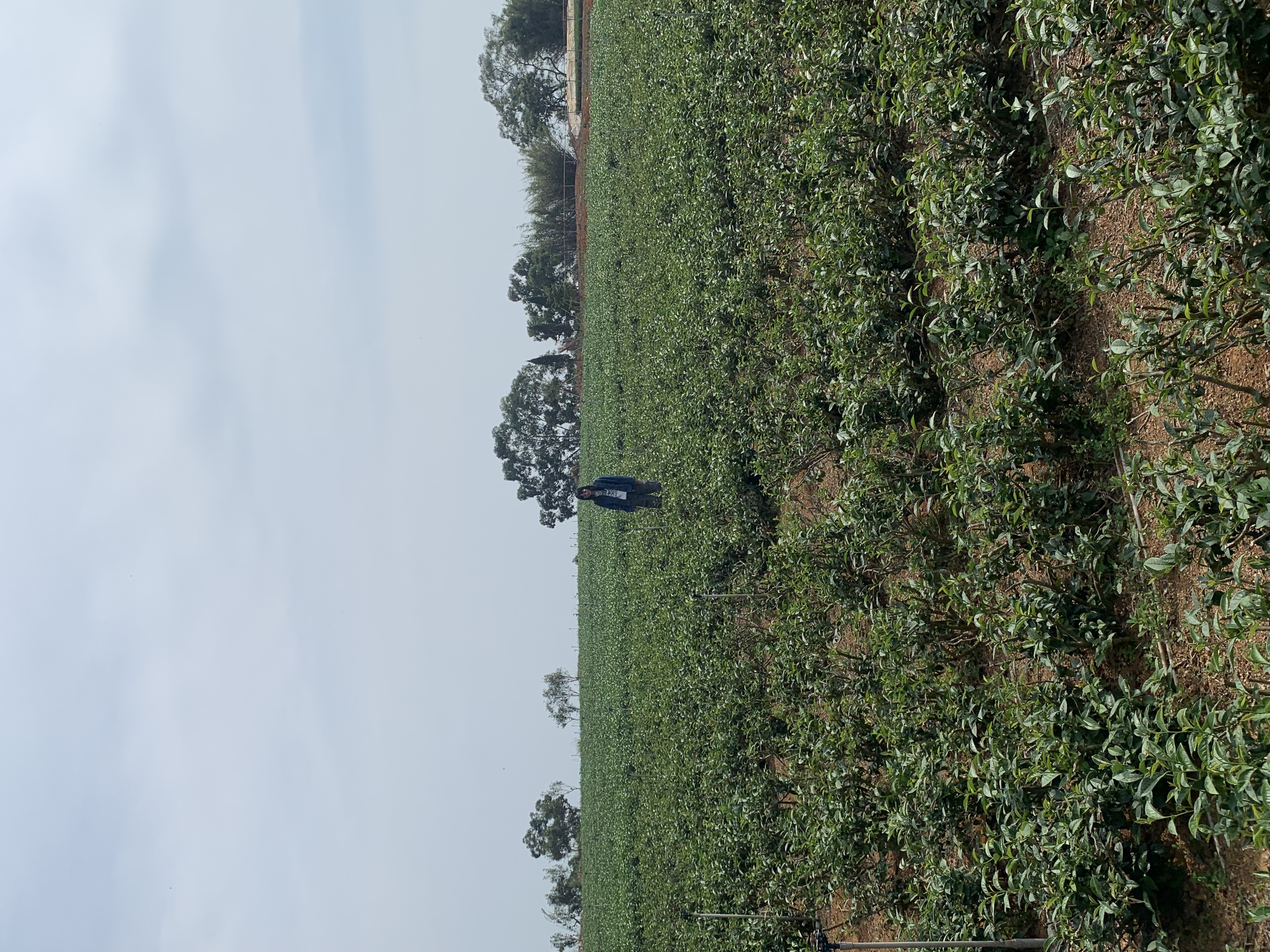 2025-IFTCL-4-10090-001
2025-IFTCL-4-10090-001
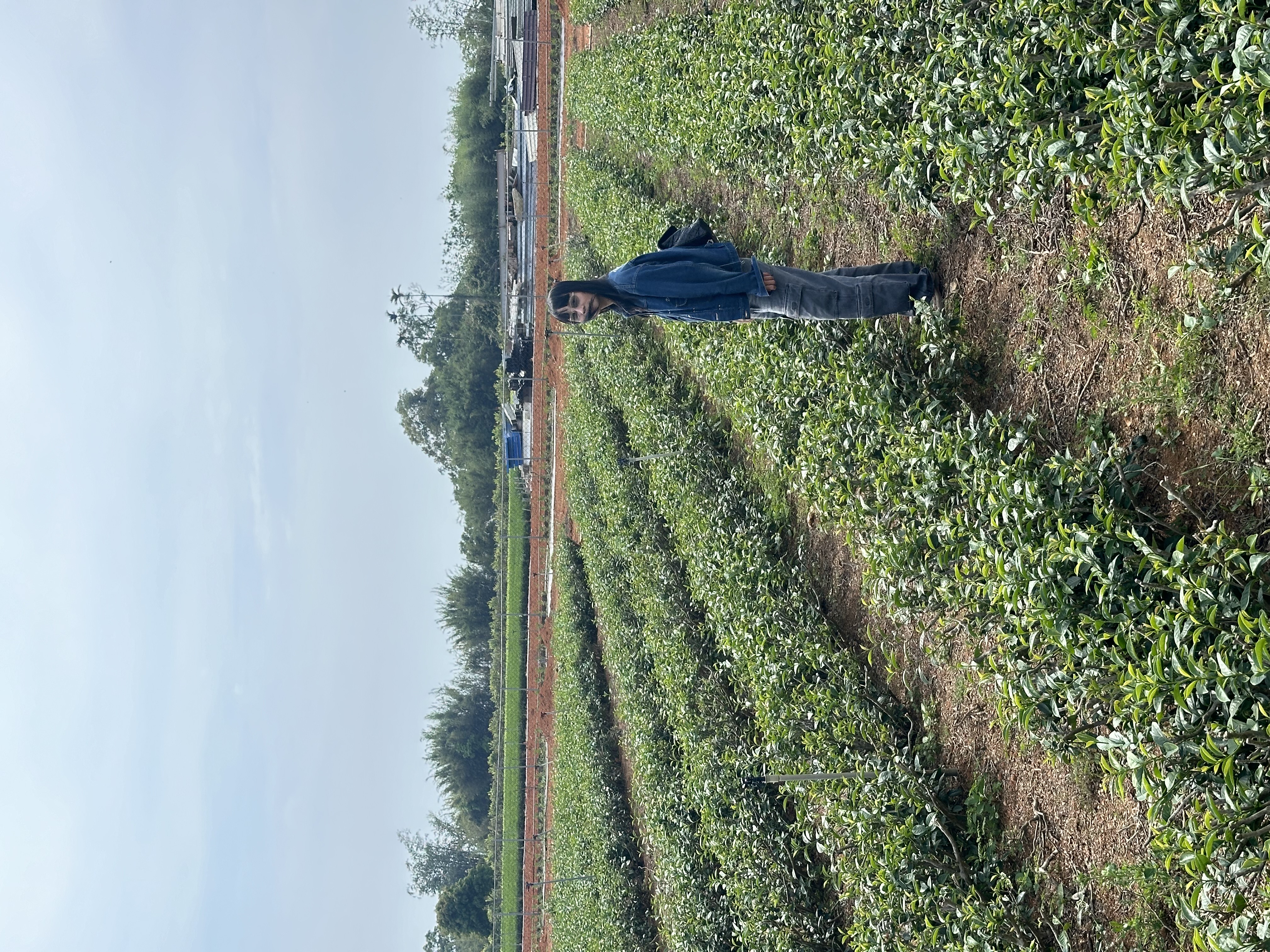 2025-IFTCL-4-10090-001
2025-IFTCL-4-10090-001
 2025-IFTCL-4-10090-001
2025-IFTCL-4-10090-001
Visiting Tea & Magic Hand in Taiwan was such a memorable experience. I got to see the whole journey of Si Ji Chun oolong-from tea bushes in the field to the detailed steps of processing. What stood out was how clean and well-organized everything was. Each part of the process-plucking, withering, oxidation, rolling, drying-was done with such care. It helped me understand how much work goes into every cup. This visit made me appreciate tea even more. It wasn’t just about tasting-it was about the people, the process, and the passion behind it.
 2025-IFTCL-4-10088-001
2025-IFTCL-4-10088-001
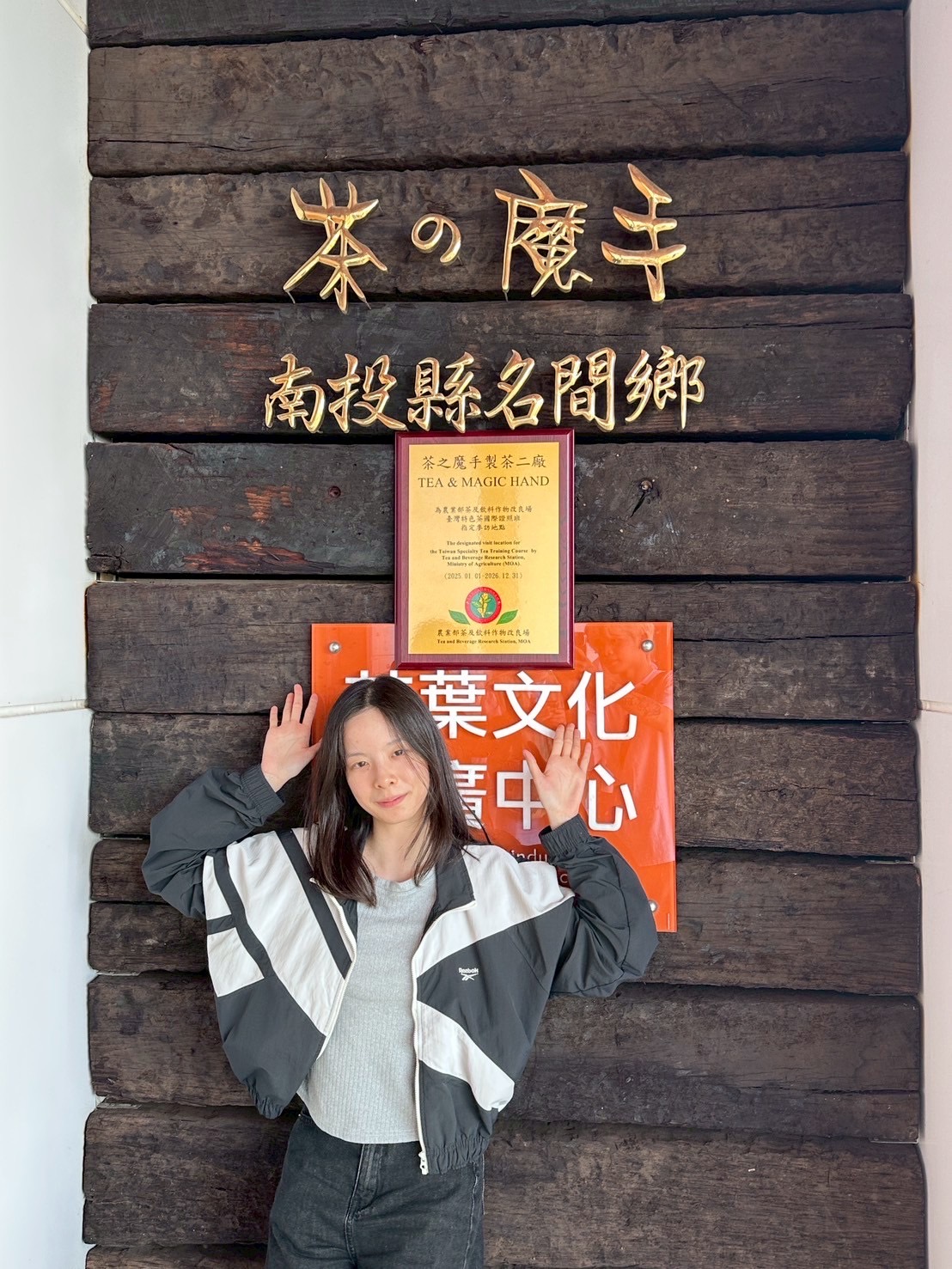 2025-IFTCL-4-10088-001
2025-IFTCL-4-10088-001
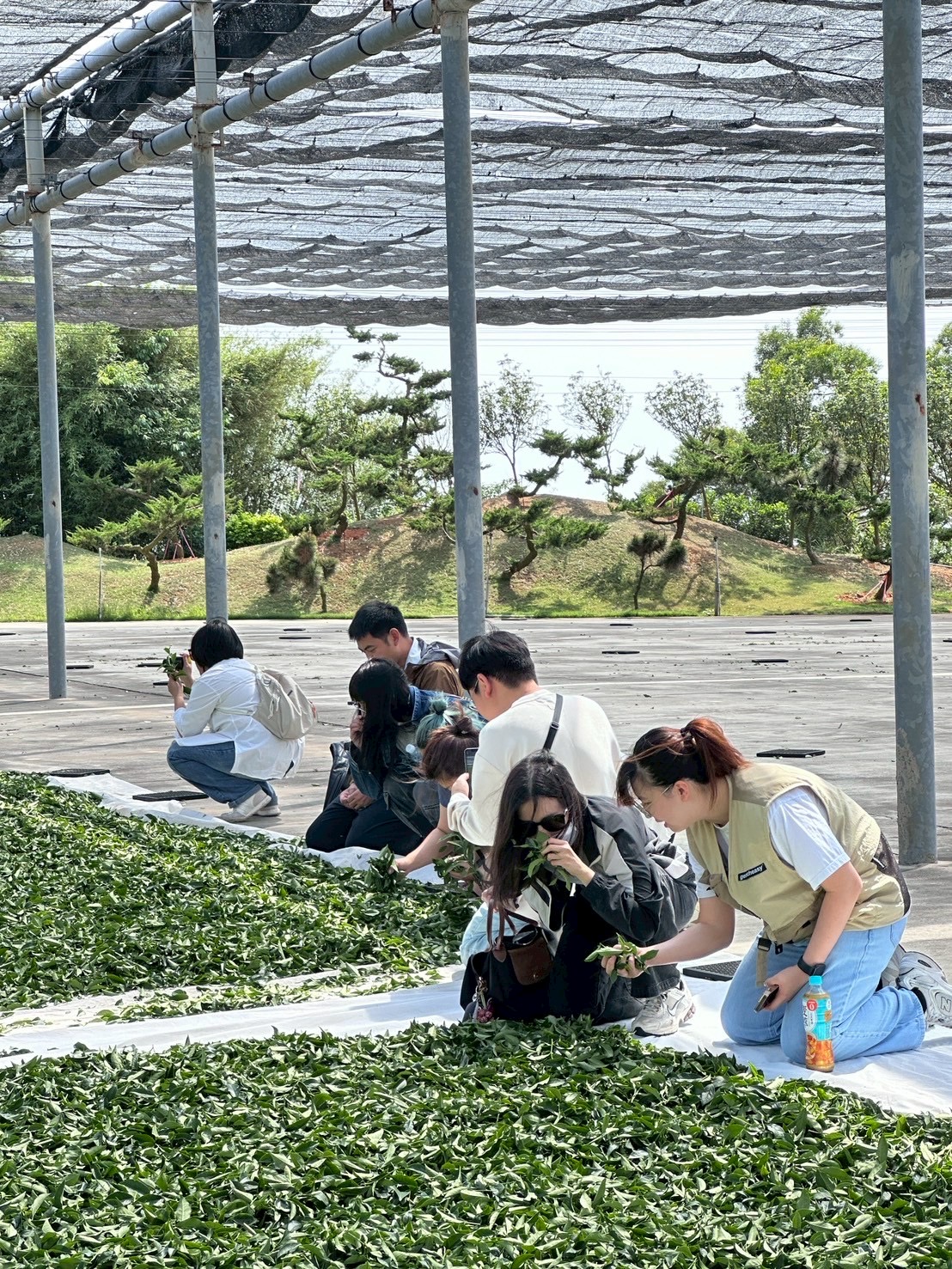 2025-IFTCL-4-10088-001
2025-IFTCL-4-10088-001
The tea farm we visited today was 茶魔手, a farm specializing in commercial tea. The manager presented us the tea plants will be handpicked and produced into varieties of tea at their own tea making facility where hygiene is highly emphasized in order to control the quality of the tea products. All process of tea making can be completed in one place starting from picking leaves, outdoor and indoor withering, oxidizing, frying and eventually squeezing the tea leaves into a ball shape and make it ready to be distributed.
 2025-IFTCL-4-10098-001
2025-IFTCL-4-10098-001
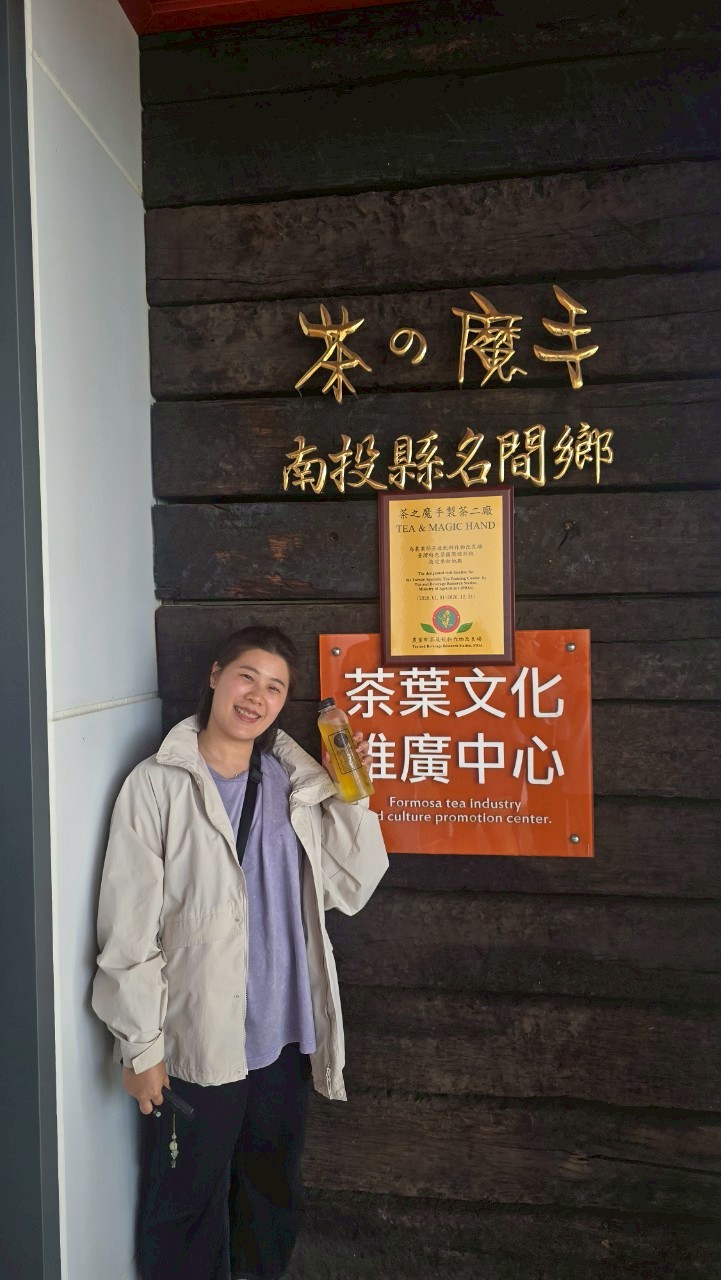 2025-IFTCL-4-10098-001
2025-IFTCL-4-10098-001
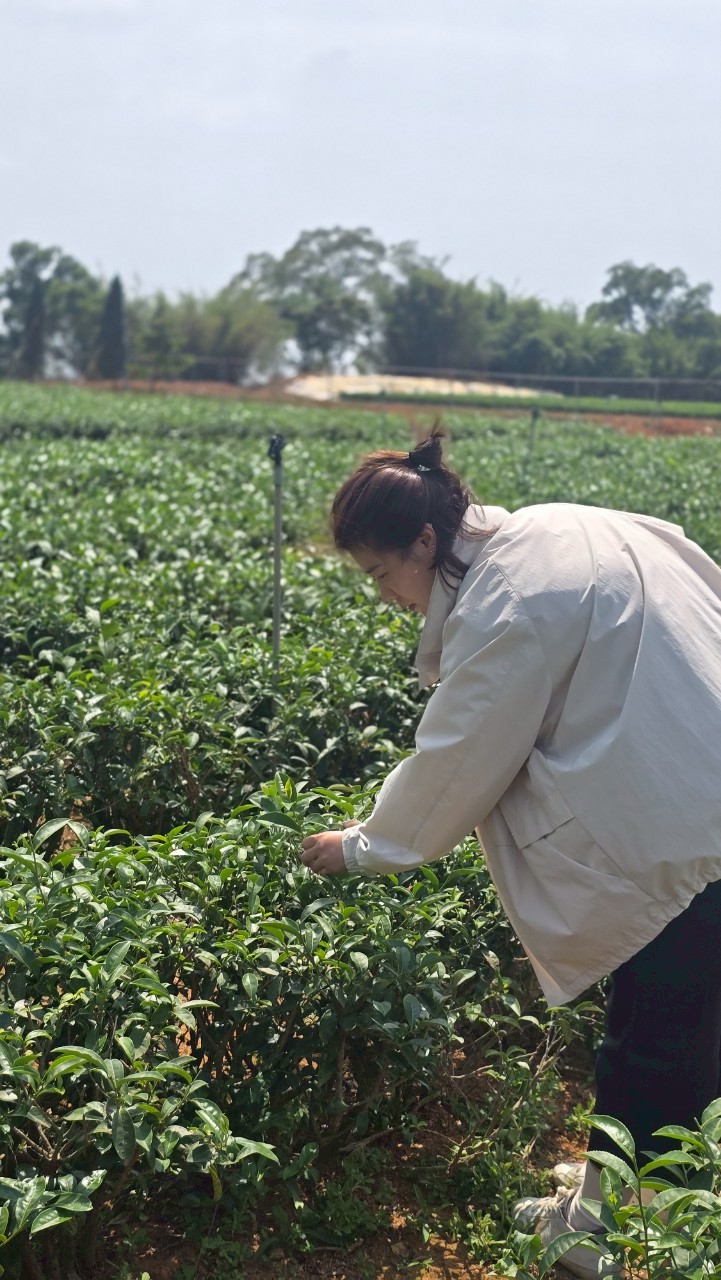 2025-IFTCL-4-10098-001
2025-IFTCL-4-10098-001
This morning, I learned about the history, origins, and growing regions of various Taiwanese teas at Ciaocha Teahouse. I was surprised to learn that john Dopp from scotland helped bring Taiwanese tea to international recognition and find connecting tea makers and spreading knowledge. In the afternoon, I visited the Formosa Tea Industry and Culture Promotion Center, where I observed the production of Four Seasons oolong tea and had the chance to pick tea leaves myself. I learned the basic steps of tea processing: • Picking – One bud with 2–3 leaves • Withering outdoors – To reduce moisture and initiate oxidation • Indoor withering – To promote partial oxidation • Kill-green – Using heat to stop the oxidation process • Rolling – Shaping the leaves into ball form • Drying – To reduce moisture and stabilize the tea After that, I tasted a cold-brewed version of the tea. It had a fragrant aroma, a moderate level of strength, and was very smooth and easy to drink. Finally, I got to see the difference between hand-picked and machine-picked tea fieldsthe shape and structure of the tea bushes vary noticeably depending on the harvesting method.
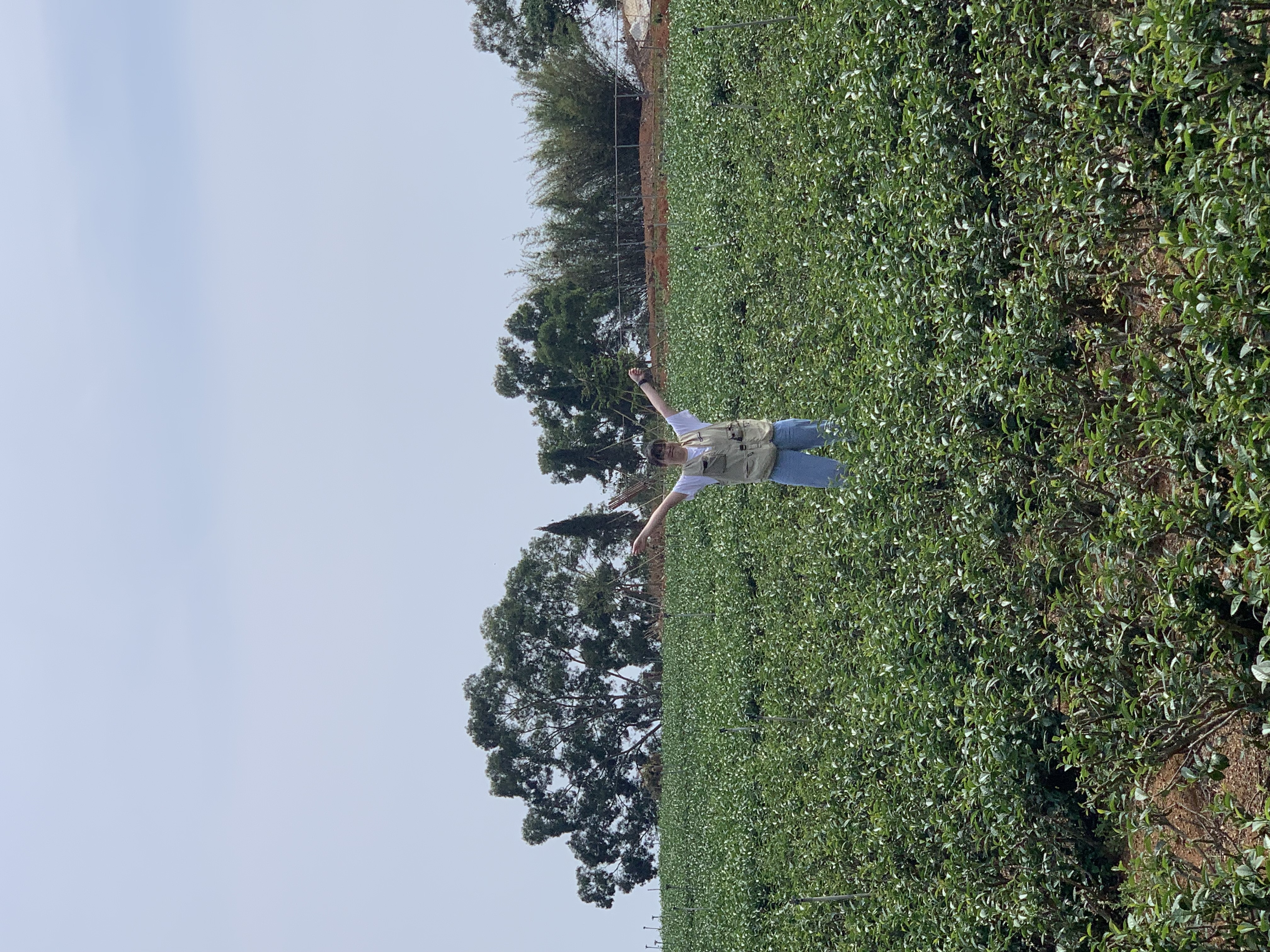 2025-IFTCL-4-10099-001
2025-IFTCL-4-10099-001
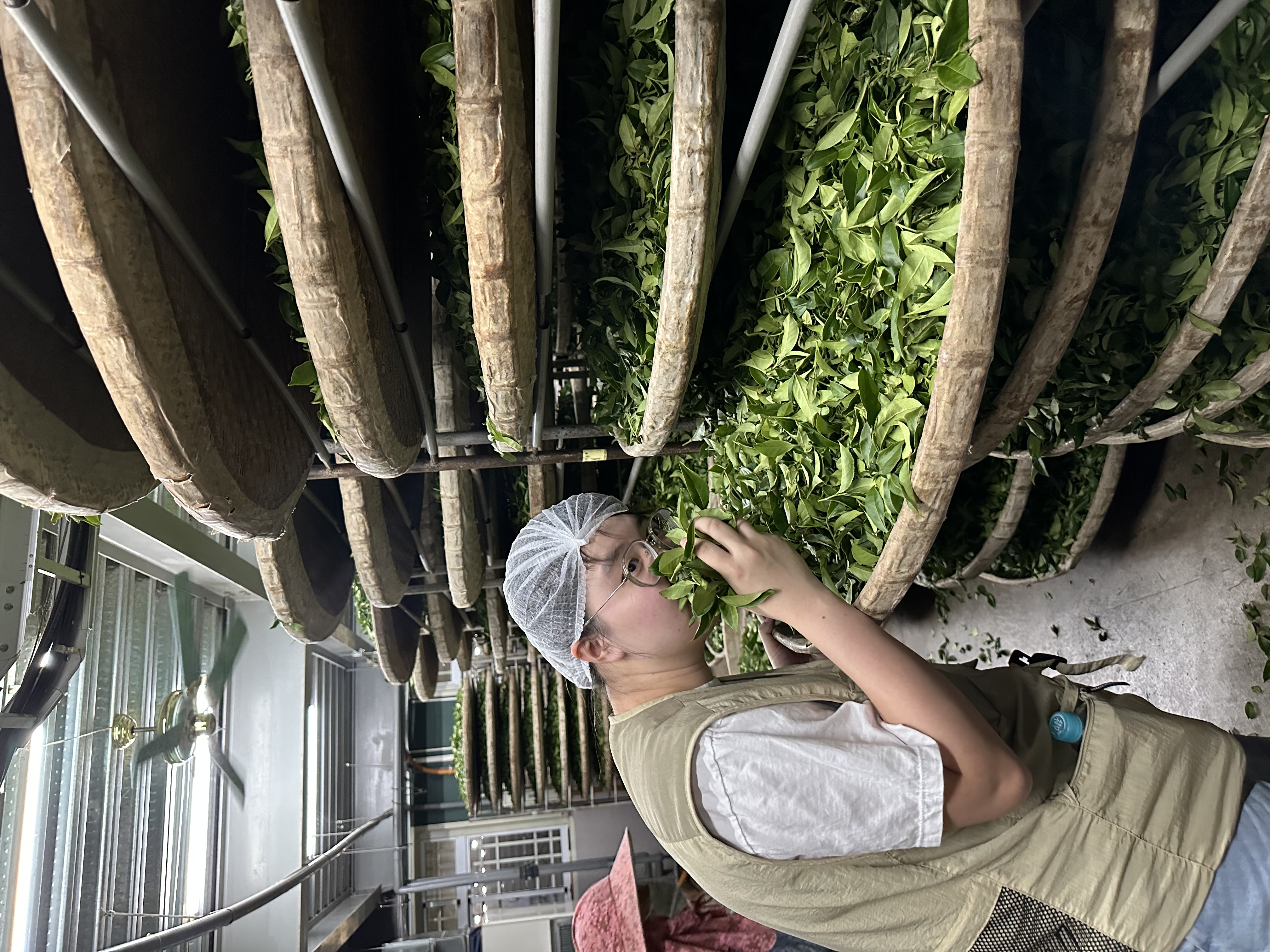 2025-IFTCL-4-10099-001
2025-IFTCL-4-10099-001
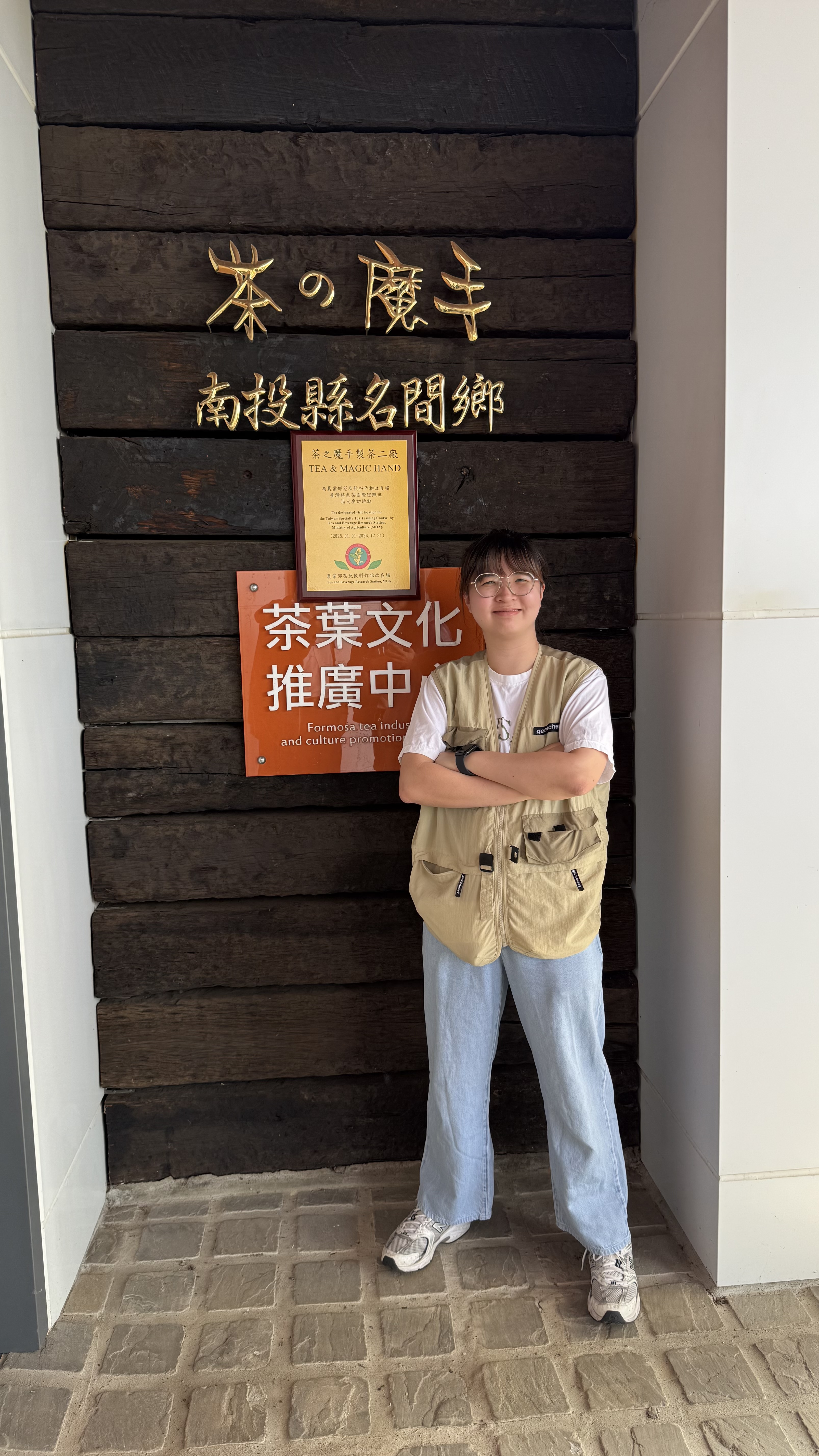 2025-IFTCL-4-10099-001
2025-IFTCL-4-10099-001
Review: Visiting Tea & Magic Hand’s Si Ji Chun Factory in Taiwan The highlight of this visit was seeing how clean and well-organized the tea-making process was. The factory mainly produces tea as a base for milk tea beverages, but in my opinion, their tea base is excellent on its own. It works beautifully as a light, cold-brewed oolong—floral, fragrant, and incredibly easy to drink. During the visit, we learned the differences between hand-picking and mechanical harvesting, each method producing distinct results. We also saw how the leaves are withered in a shaded area using natural wind—a gentle drying process that prepares the leaves for the next steps like oxidation and roasting.
 2025-NCHU-8-10113-001
2025-NCHU-8-10113-001
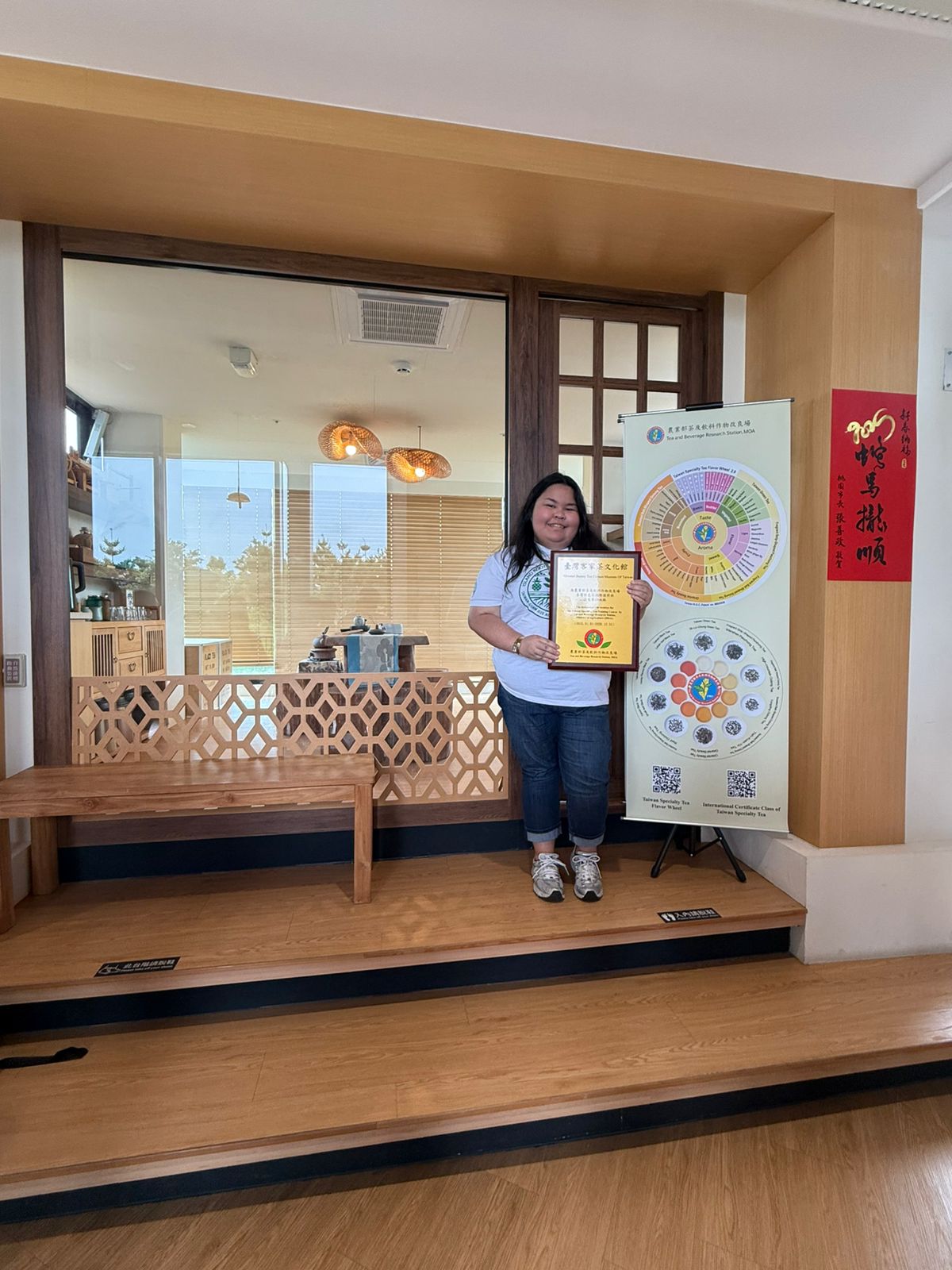 2025-NCHU-8-10113-001
2025-NCHU-8-10113-001
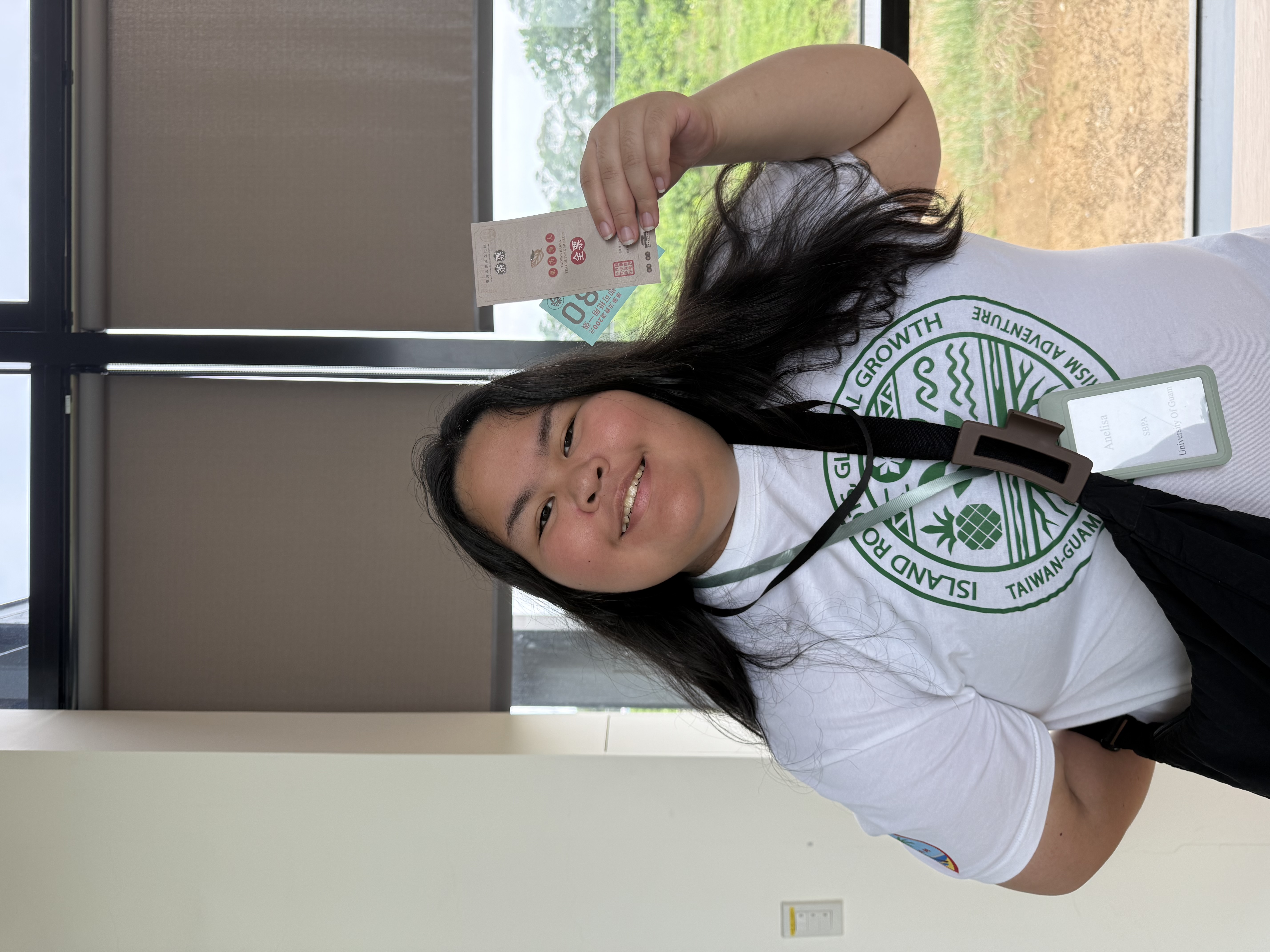 2025-NCHU-8-10113-001
2025-NCHU-8-10113-001
I enjoyed this class and all the information I have gained from it. Now knowing the intricacies a tea, I am able to using this knowledge to help me distinguish quality tea. I appreciate Professor Alex’s patience with us and the enthusiasm he had for the material. By having him as my instructor, it set me up for success.
 2025-NCHU-8-10114-001
2025-NCHU-8-10114-001
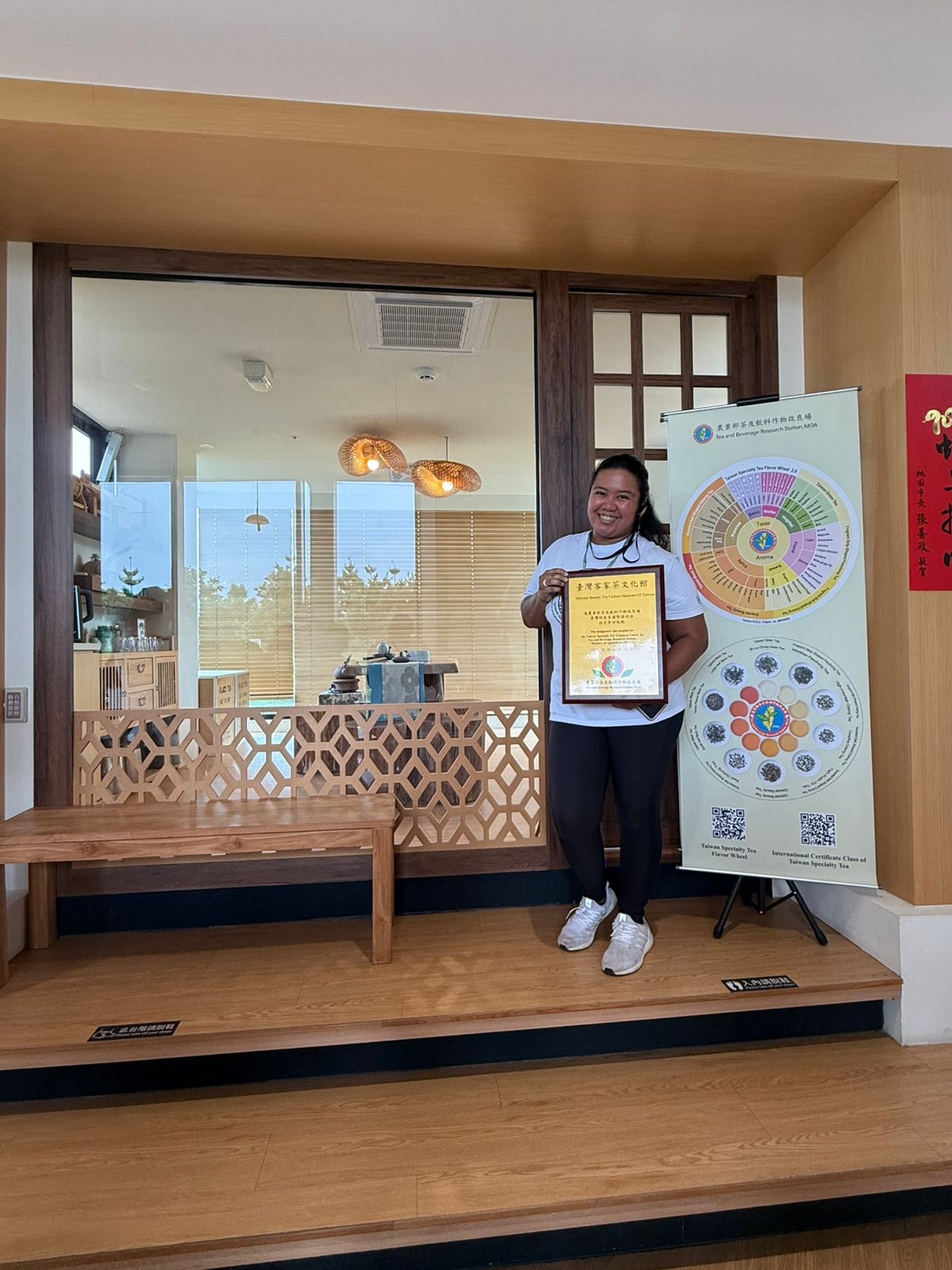 2025-NCHU-8-10114-001
2025-NCHU-8-10114-001
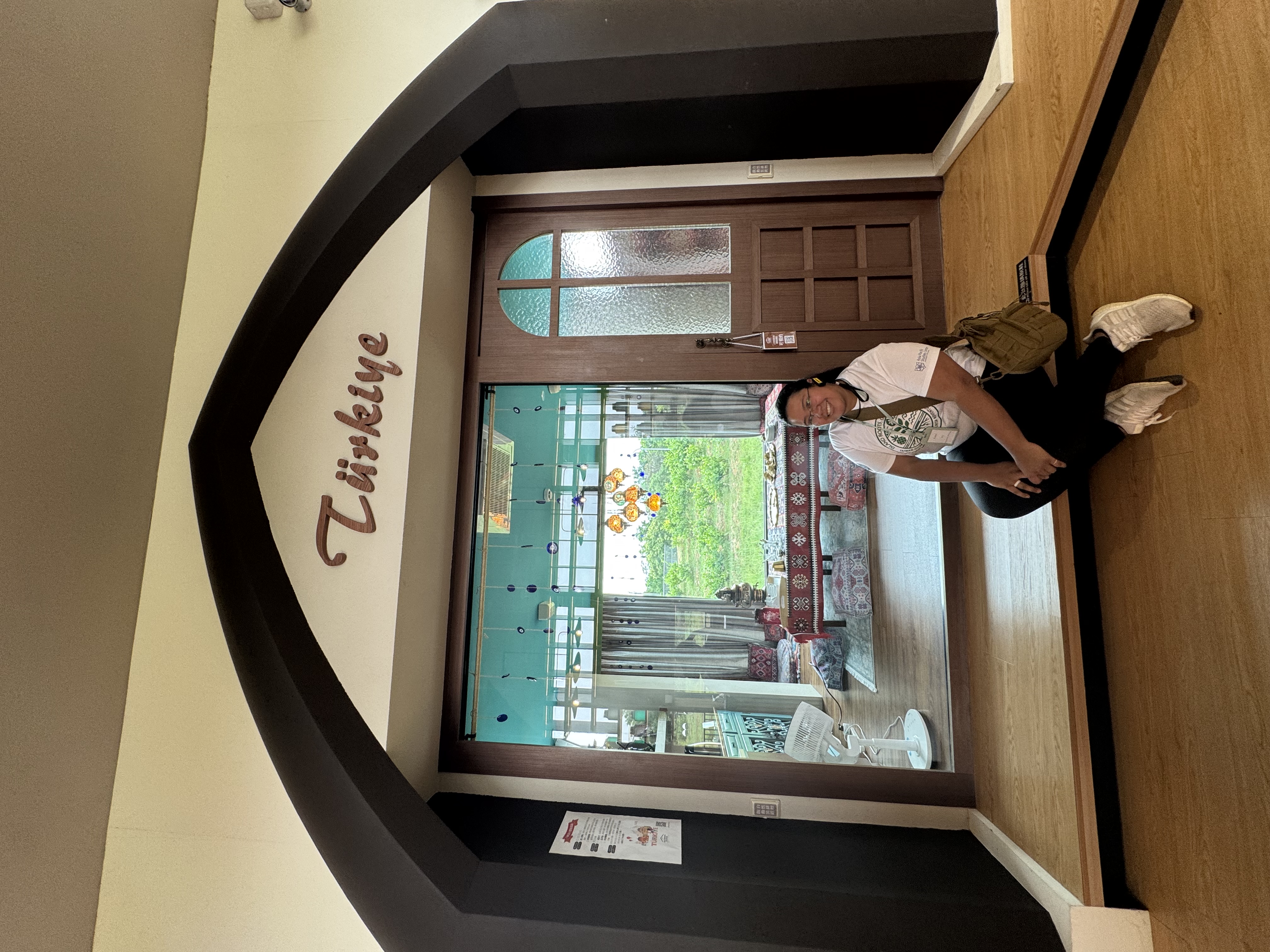 2025-NCHU-8-10114-001
2025-NCHU-8-10114-001
The class very informative and enjoyable. I didn’t realize that there were different processes to making different types of teas and what the differences were. I learned the differences between the tea cultivars and what makes green tea, oolong, and black tea. I have more appreciation for tea and the art and culture of it.
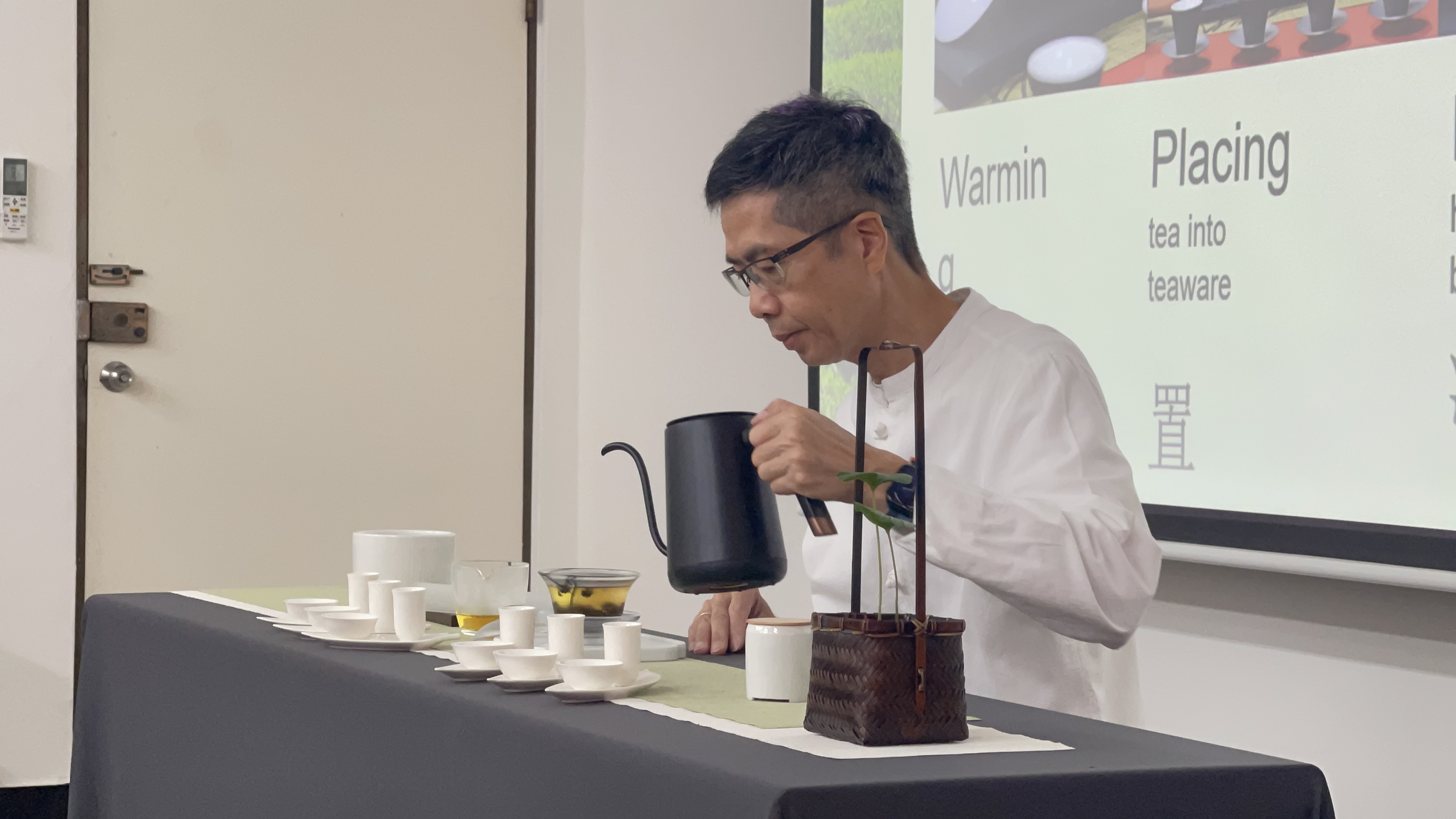 2025-NCHU-8-10120-001
2025-NCHU-8-10120-001
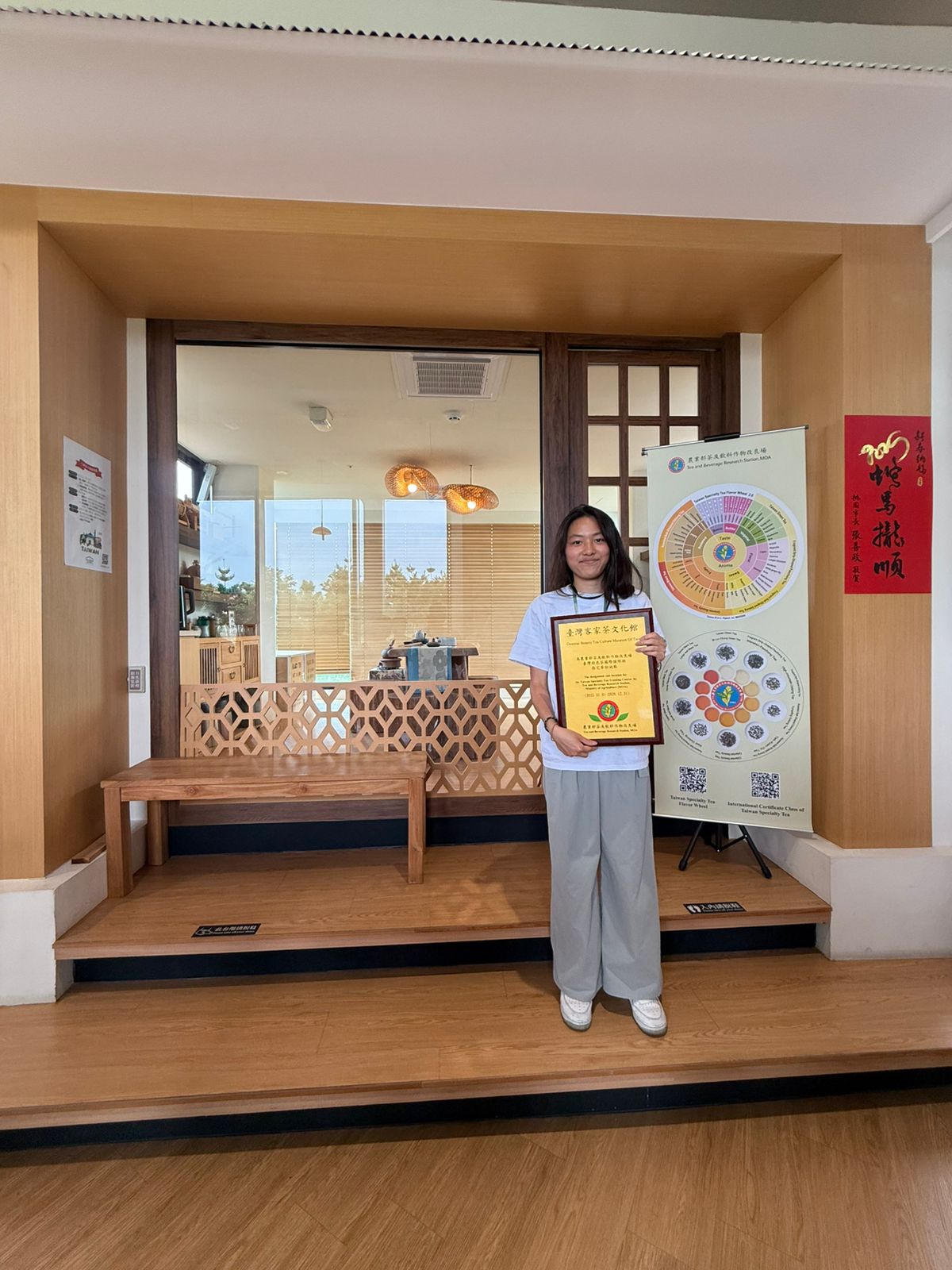 2025-NCHU-8-10120-001
2025-NCHU-8-10120-001
 2025-NCHU-8-10120-001
2025-NCHU-8-10120-001
Throughout the tea course, I deepened my understanding of the ways that oxidation levels and processing methods transform tea, from green to black, and gained a new appreciation for the ways tea exists culturally and linguistically in daily experiences. I also learned about the significance of being mindful and intentional in the traditional, and often ritualistic, practices of brewing.